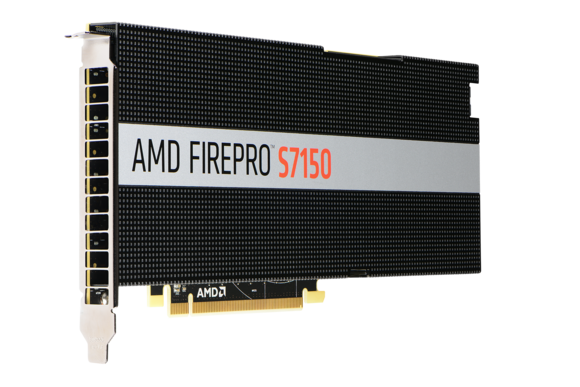I agree on the Supermicro boards, they are underspec'ed relative to the capability. I reckon being first was more important than being comprehensive in this case.
I would expect a dual Epyc workstation board to have USB 3.1 or Thunderbolt, more PCIe 16x and M.2 slots.
The fact they are stacking 14 SATA ports seems to be a waste. I would rather have a multi port U.2 riser card instead of SATA. Or a multi M.2 riser.
Me thinks this is just the beginning.
I would expect a dual Epyc workstation board to have USB 3.1 or Thunderbolt, more PCIe 16x and M.2 slots.
The fact they are stacking 14 SATA ports seems to be a waste. I would rather have a multi port U.2 riser card instead of SATA. Or a multi M.2 riser.
Me thinks this is just the beginning.




Comment